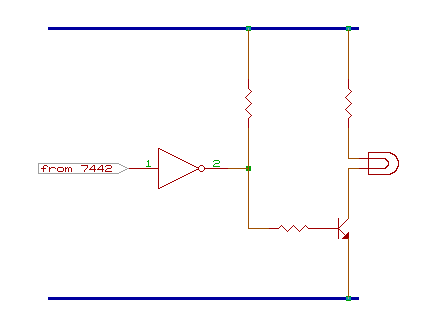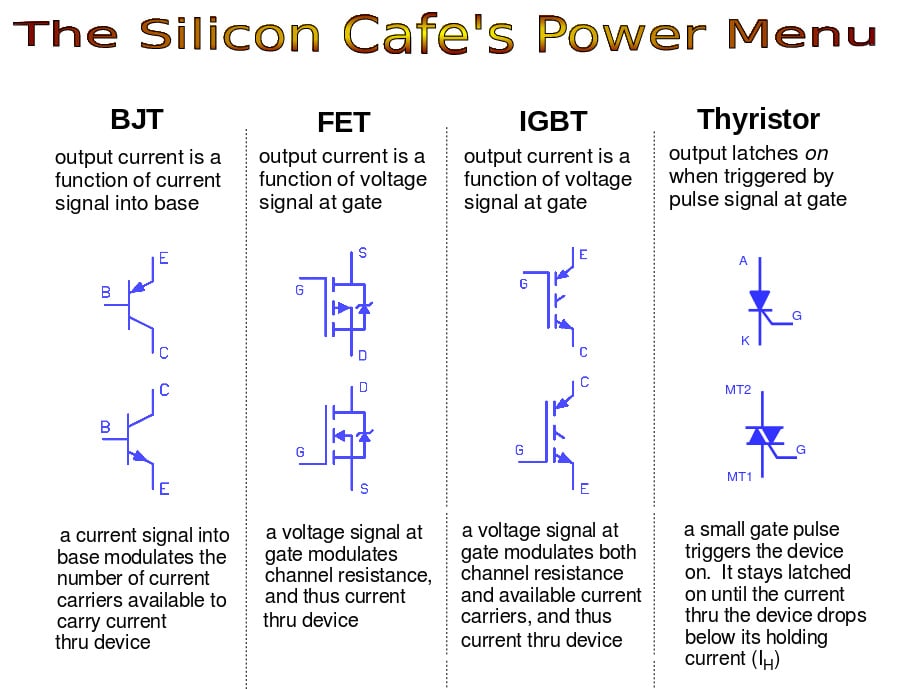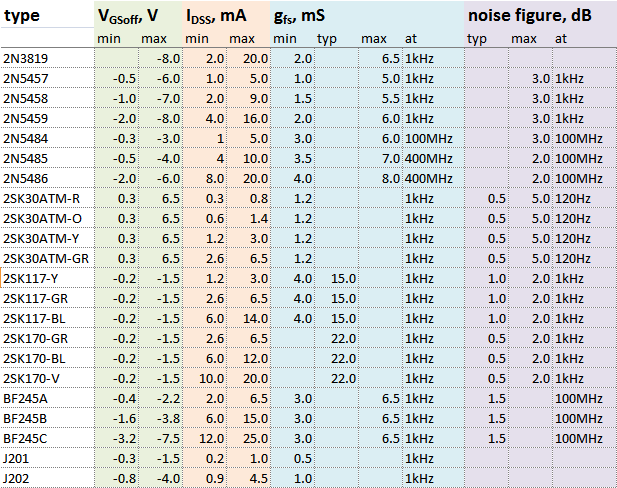

We have said previously that there are two ohmic electrical connections at either end of the channel called the Drain and the Source.

This makes the N-channel JFET’s a more efficient conductor compared to their P-channel counterparts.

N-channel JFET’s have a greater channel conductivity (lower resistance) than their equivalent P-channel types, since electrons have a higher mobility through a conductor compared to holes. Likewise, the P-channel JFET’s channel is doped with acceptor impurities meaning that the flow of current through the channel is positive (hence the term P-channel) in the form of holes. The N-channel JFET’s channel is doped with donor impurities meaning that the flow of current through the channel is negative (hence the term N-channel) in the form of electrons. There are two basic configurations of junction field effect transistor, the N-channel JFET and the P-channel JFET. The Junction Field Effect Transistor (JUGFET or JFET) has no PN-junctions but instead has a narrow piece of high resistivity semiconductor material forming a “Channel” of either N-type or P-type silicon for the majority carriers to flow through with two ohmic electrical connections at either end commonly called the Drain and the Source respectively. We saw previously that a bipolar junction transistor is constructed using two PN-junctions in the main current carrying path between the Emitter and the Collector terminals. There are two main types of field effect transistor, the Junction Field Effect Transistor or JFET and the Insulated-gate Field Effect Transistor or IGFET), which is more commonly known as the standard Metal Oxide Semiconductor Field Effect Transistor or MOSFET for short. This very high input impedance makes them very sensitive to input voltage signals, but the price of this high sensitivity also means that they can be easily damaged by static electricity.

The Field Effect Transistor has one major advantage over its standard bipolar transistor cousins, in that their input impedance, ( Rin ) is very high, (thousands of Ohms), while the BJT is comparatively low. The Field Effect Transistor on the other hand is a “Unipolar” device that depends only on the conduction of electrons (N-channel) or holes (P-channel). As their name implies, Bipolar Transistors are “Bipolar” devices because they operate with both types of charge carriers, Holes and Electrons. The control of current flowing in this channel is achieved by varying the voltage applied to the Gate. The current path between these two terminals is called the “channel” which may be made of either a P-type or an N-type semiconductor material. These terminals correspond in function to the Collector and the Emitter respectively of the bipolar transistor. The field effect transistor is a three terminal device that is constructed with no PN-junctions within the main current carrying path between the Drain and the Source terminals. This is also true of FET’s as there are also two basic classifications of Field Effect Transistor, called the N-channel FET and the P-channel FET. We remember from the previous tutorials that there are two basic types of bipolar transistor construction, NPN and PNP, which basically describes the physical arrangement of the P-type and N-type semiconductor materials from which they are made. For example, high efficiency, instant operation, robust and cheap and can be used in most electronic circuit applications to replace their equivalent bipolar junction transistors (BJT) cousins.įield effect transistors can be made much smaller than an equivalent BJT transistor and along with their low power consumption and power dissipation makes them ideal for use in integrated circuits such as the CMOS range of digital logic chips. The Field Effect Transistor is a three terminal unipolar semiconductor device that has very similar characteristics to those of their Bipolar Transistor counterparts.


 0 kommentar(er)
0 kommentar(er)
